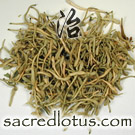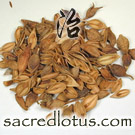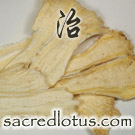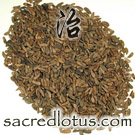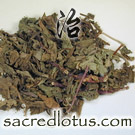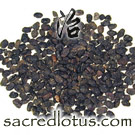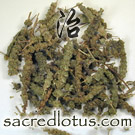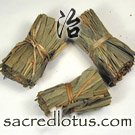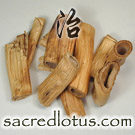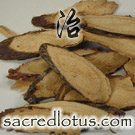Yin Qiao San (Honeysuckle and Forsythia Powder)
Formula 12 of 25 in Formulas that Release the Exterior
our partners at CHD
Sub-Category:
- Formulas that Release Early-Stage Exterior Disorders
Pattern:
- Exterior Wind-Heat with heat toxins
Actions:
- Releases the exterior and clears Wind Heat
- Relieves interior heat toxins.
Indications:
- Fever with slight chills or no chills
- Cough, sore throat, headache, and thirst.
- Sores or boils.
- No sweating or difficulty sweating.
Possible Tongue Appearance:
- Red tip tongue with a thin yellow or thin white coat
Possible Pulse Patterns:
- Floating and rapid pulse
Western Uses:
- Influenza
- Upper Respiratory Tract Infections
- Acute Bronchitis
- Acute Endometriosis
- Measles
- Acute Tonsillitis
- Epidemic Encephalitis B or Meningitis
- Parotitis
Cautions, Contraindications, Herb Drug Interactions:
- Do use in external conditions with Wind Cold
Preparation Notes:
- Bo He should be added 5 minutes before the end of boiling. 15
Originally Appeared In:
- Systematic Differentiation of Warm Diseases (Wen Bing Tiao Bian)
Combined Channels of all herbs in this formula:
- Lungs, Large Intestine, Stomach, Heart, Gall Bladder, Liver, Small Intestine, Spleen
There are 10 Substances in this Chinese Medicne
Jin Yin Hua (Honeysuckle Flower or Lonicera)Quantity = 9-15 grams
Quantity = 9-15 grams
Quantity = 3-6 grams
Quantity = 9-12 grams
Quantity = 3-6 grams
Quantity = 3-6 grams
Quantity = 6-9 grams
Quantity = 3-6 grams
Quantity = 15-30 grams
Quantity = 3-6 grams
Find Similar Chinese Formulas
Sacred Lotus can compare the Chinese herbs in this formula to all other formulas on the website. Formula archetypes will list of formulas that have similar herbs, ranked by the number of herbs that match:


